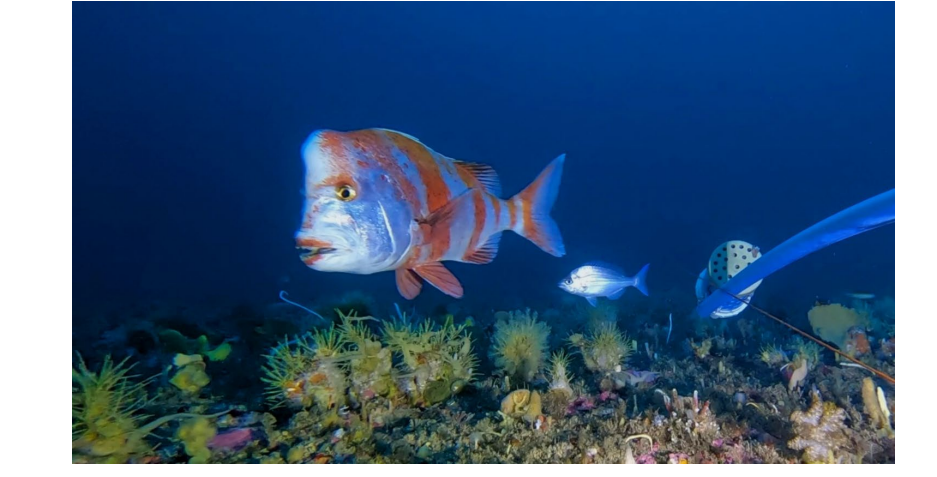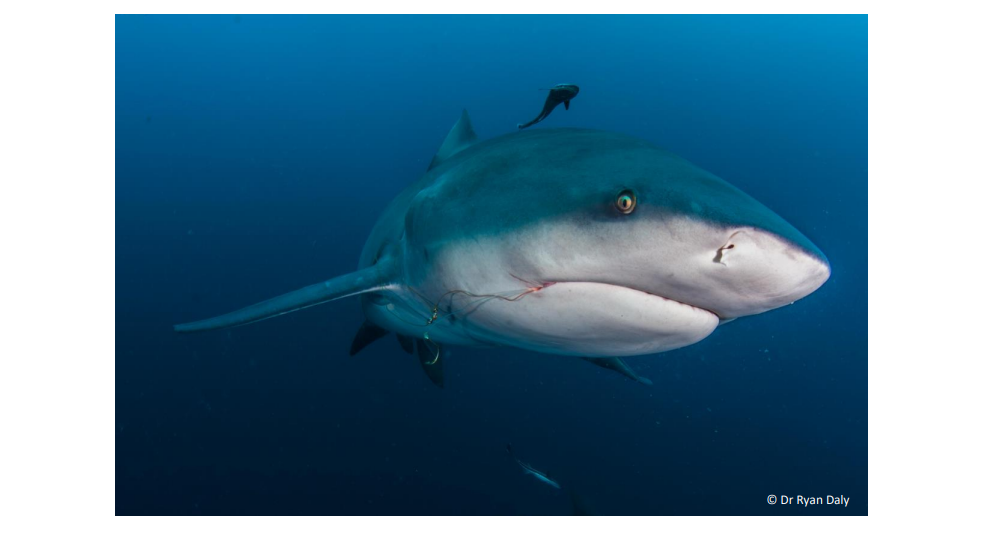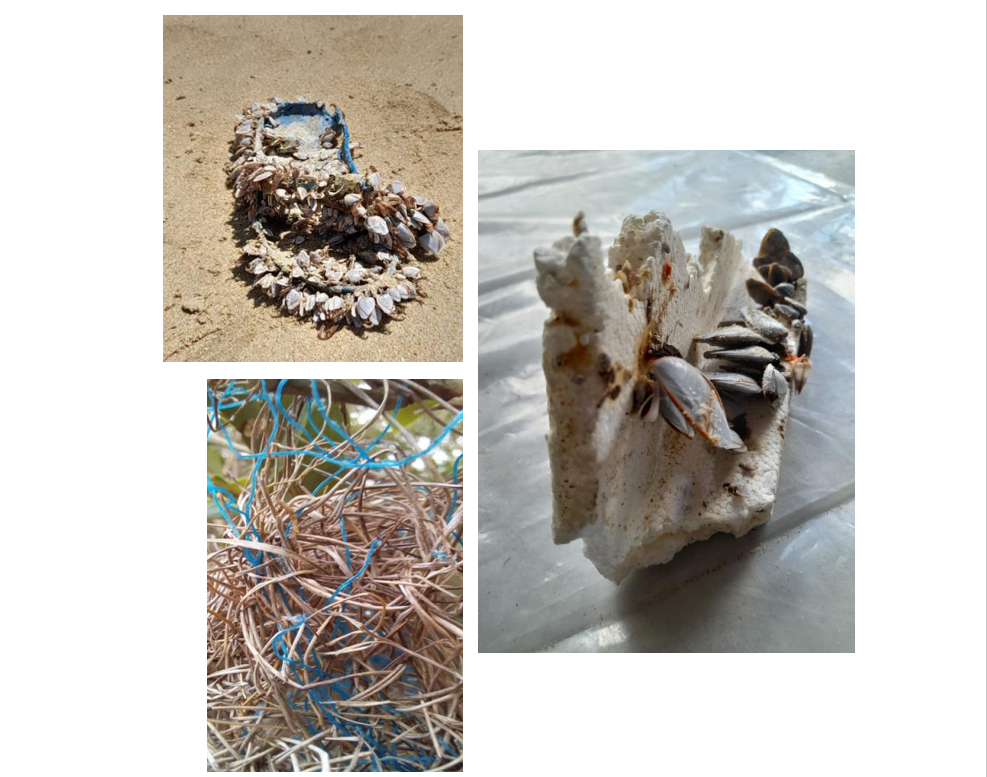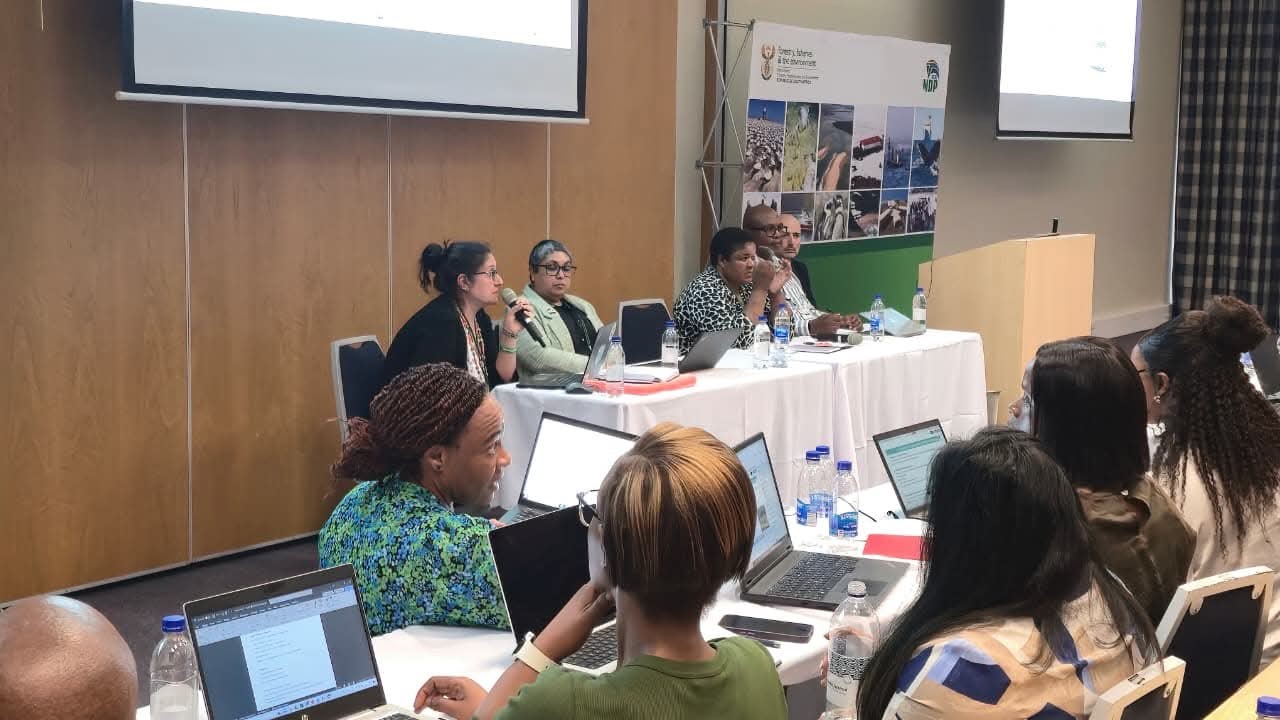By: Dr Yonela Sithole (PDP Postdoctoral Research Fellow)
In the groundbreaking study of the Parauchenoglanis genus, eight new species were discovered in the river systems of central and southern Africa. Previously classified under Parauchenoglanis ngamensis, these species were identified as distinct through a combination of genetic and morphological analyses. Naming a new species is a significant aspect of scientific research, and each name carries meaning, whether it reflects a key feature of the species, its place of discovery, or honours a person who has contributed to the field.
Species named after people:
A. Parauchenoglanis patersoni
This species is named in honour of Dr. Angus Paterson, who was the Managing Director of the NRF-South African Institute for Aquatic Biodiversity (NRF-SAIAB) the time this paper was accepted. The name acknowledges Dr. Paterson’s dedication to developing taxonomic expertise and advancing ichthyological research in the poorly explored regions of southern Africa.
B. Parauchenoglanis ernstswartzi
This species is named in honour of Dr. Ernst Swartz, recognising his significant contributions to ichthyology, including the collection of specimens used in this study. Dr. Swartz’s pioneering exploration of the Kwanza and Kasai basins was instrumental in the discovery of several new species.
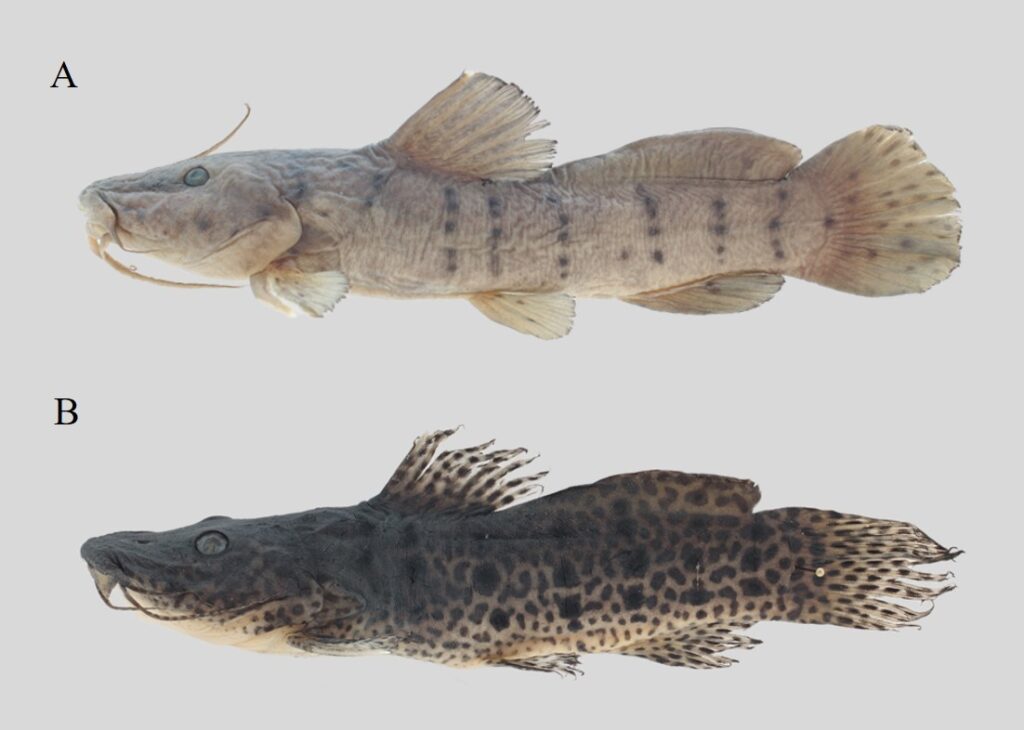
Species name based on external characteristics:
C. Parauchenoglanis dolichorhinus
The name ‘dolichorhinus’ is derived from the Greek words “dolichos” meaning “long,” and “rhinus” meaning “snout”. This name refers to the notably long snout of this species compared to others in the P. ngamensis group.
D. Parauchenoglanis poikilos
The name of this species is derived from the Greek adjective “poikilos,” which means “spotted”. The numerous distinctive spots along its body are a key characteristic of its identification.
E. Parauchenoglanis megalasma
The name of this species is derived from the Greek words “mega” meaning “large,” and “melasma” meaning “black spot”. It refers to the prominent, large black blotches along its lateral line.

Species named after locations:
F. Parauchenoglanis lueleensis
The suffix “-ensis” means “lives in” and refers to the Luele River in the Kasai sub-basin, where this species is found.
G. Parauchenoglanis luendaensis
Named after the Luenda River in the Kasai sub-basin, this species also carries the suffix “-ensis,” indicating the region it inhabits.
H. Parauchenoglanis chiumbeensis
This species is named after the Chiumbe River, which is also located in the Kasai sub-basin. The name acknowledges the region as the habitat of this newly identified species.
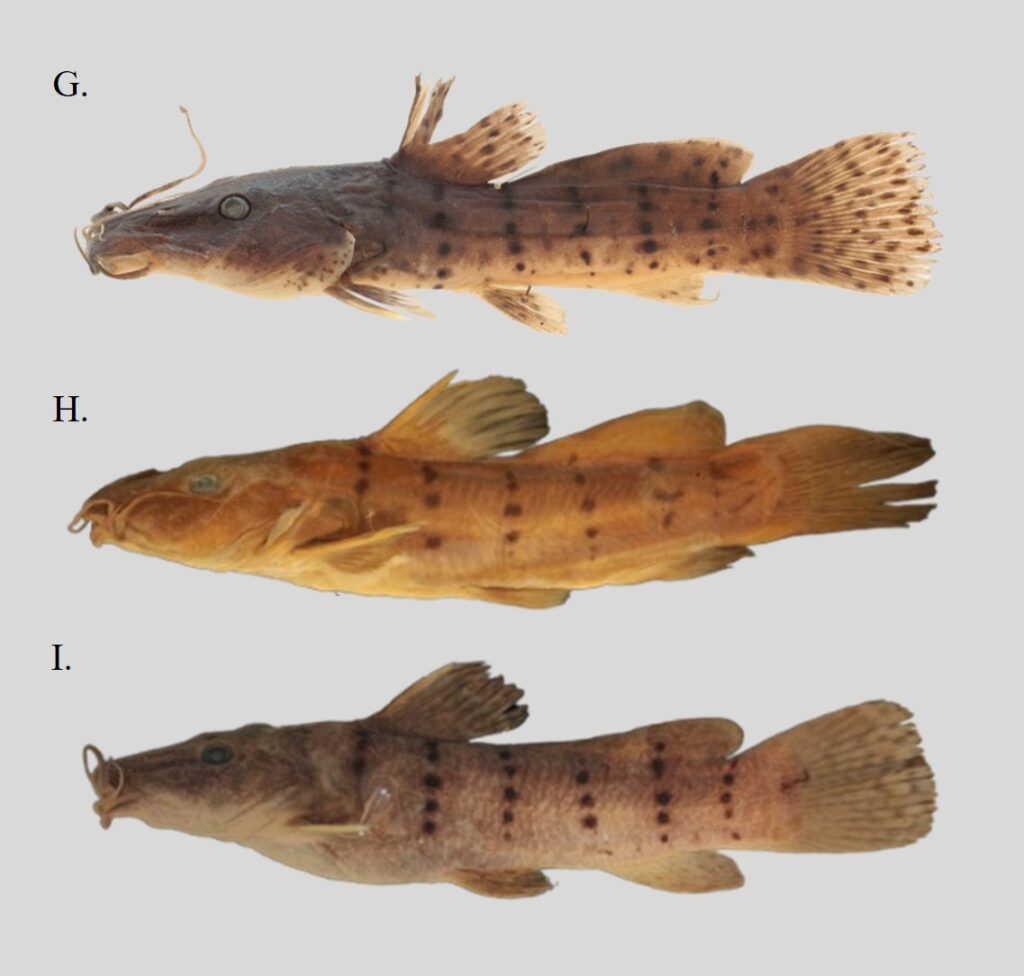
The diversity of names reflects the rich variety of physical characteristics and habitats of these fish, as well as the importance of ichthyological exploration in Africa. By honouring people, places, and unique features, the naming process adds a layer of meaning to the scientific discovery, ensuring that these species are forever linked to the stories of their discovery.
This work plays a crucial role in achieving SDG 14, which focuses on conserving and sustainably using aquatic ecosystems. By describing these new species, we contribute to understanding and documenting the biodiversity of the African continent. Identifying what species exist is the first step toward understanding their roles in ecosystems, their population status, and the threats they face, such as habitat loss, invasive species, and pollution. This information is vital for protecting and restoring ecosystems. It also emphasizes the need to safeguard specific habitats that host unique or endemic species, ensuring healthy ecosystems, improved water quality, and social and economic benefits for communities relying on freshwater resources.
This research was part of an international effort involving NRF-SAIAB and the Royal Museum for Central Africa, aimed at unravelling the species complex within the Parauchenoglanis genus. Over the past two years, ten new species from this genus have been described, nine of which resulted from this collaborative project.
The journal paper can be accessed using this link: https://doi.org/10.1093/zoolinnean/zlae121

